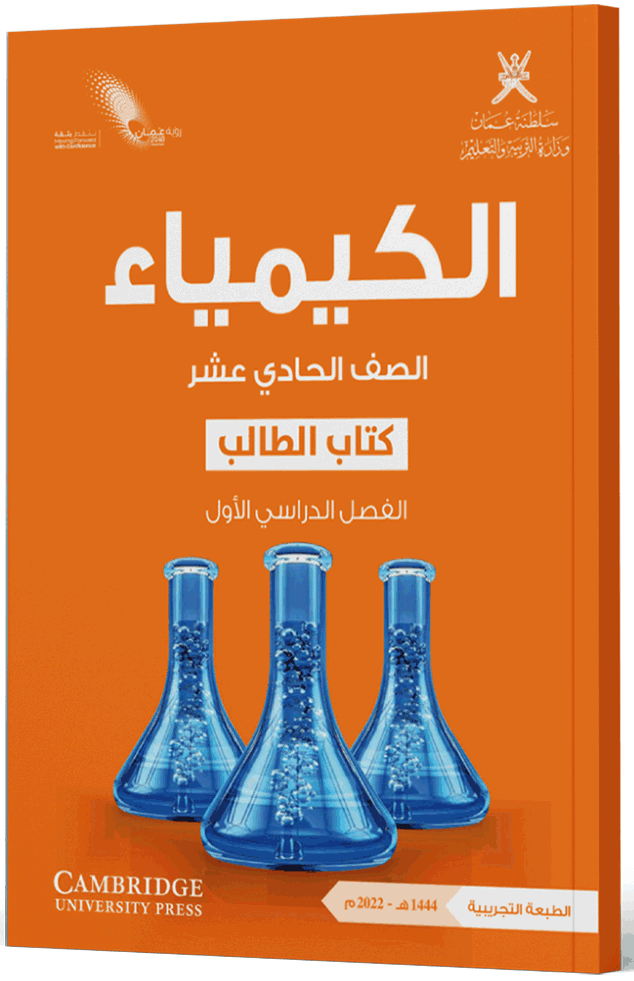Website Funnel Analysis: How to Boost Your Conversion Rate
Analytics are great, but you have to be able to use and share them easily to be effective. Similarweb allows you to create customized analysis groups and export the data you want easily and quickly. This makes sharing internally with your team a breeze, giving you time to focus on the important things — like how to up your conversion rates.
Join our newsletter for actionable tips and proven strategies to grow your business and engage your customers. For example, if users abandon their shopping carts frequently, or fail to transition from the awareness to interest stages, these drop-off points highlight critical areas for improvement. Any kind of signup or form-fill process needs to be as simple as possible in order to optimize your conversions. A large part of this is ensuring the page design elements are simple and powerful, and the other part is making sure the form itself is as easy to fill in as possible.
Conversion events refer to specific, trackable actions the customer takes that take them closer to the final purchase. Define these conversion events or measurable actions for each funnel stage. Beyond pinpointing the friction points and bottlenecks of the entire conversion funnel, analyzing the funnel also helps you keep track of its performance. It provides a detailed and quantitative idea of what’s working for your customers and what you need to work on further. As potential customers move down the funnel, their number gradually decreases. Conversion funnel analysis analyses these drop-off rates, thus identifying the potential friction points that are forcing them to drop off.
Time period
Consider your business’s unique needs and circumstances when choosing product analytics software. A funnel analysis shows you where buyers or users drop out of the funnel. In this article, we have discussed multiple benefits of undertaking a detailed conversion funnel analysis, including higher conversion rates, stronger customer insights, and more effective marketing tactics. We have also explored fundamental components of a conversion funnel—from awareness to action—and illustrated how to conduct an in-depth assessment. We’ll talk about website funnel analysis tools shortly, but first, it’s important to consider what we aim to track when collecting this information. As with any kind of digital analytics, data can be a blunt instrument if not utilized effectively.
You can carry out more comprehensive advanced funnel analysis by combining it with other analytics tools, as mentioned below. The downside here is that you’ll need to draw your own conclusions – Google Analytics can only show you what’s happening, without any real insight into why. This means you’ll need people skilled in data analysis to understand what’s making website visitors or users drop off. If you know where people tend to drop out of the funnel, you can pinpoint which areas of your site are not performing as they should. Overly large attrition on a given page or at a certain point of the conversion funnel may indicate a poor user experience, a broken link, or a lack of a compelling next step. For example, if a handful of people abandon their carts when asked to enter their delivery information, it could suggest issues with either the form design or delivery costs.
The focus here is often on making the buying process smooth, appealing to emotions, and standing out from the competition. Let’s talk B2B first, where you’re trying to sell products or services to companies. Now that visitors are intrigued by your products, it’s essential to nurture a sense of desire and trust.
In this post, you’ll learn how to run effective conversion funnel analysis and explore examples from three different business areas. In addition to conversion and drop-off rates for each stage, most analytics tools provide the time to convert data. From the funnel analysis, we see that a large percentage of users reach the adoption and retention stage but don’t convert into paying customers. In-app surveys and interviews show that users see no value in the paid plan. How exactly the conversion funnel analysis process works may be different from product to product and organization to organization. UXCam make this process easier by combining quantitative metrics and qualitative insights in one platform.
- An optimized customer journey also means better financial performance.
- For instance, by analyzing what worked for your power users, you can modify or apply the same strategy to convert those that dropped off during the free trial period.
- By tackling your customers’ pain points, you can boost your conversion rates.
- Instead of focusing on acquisition alone, funnel analysis helps you figure out where that churn happens and makes it easy to figure out what to fix to boost conversions.
To run an effective A/B test, create multiple variants of a specific element and use analytics tools to track performance against key metrics like activation, retention, and revenue. FullSession has several other features that will give you additional insight into user behavior and help you with conversion funnel analysis. It will show you how users move through each stage of the process—from their first touch to conversion. You can track the conversion rate and see where most users drop off.
Implementing robust data security measures and anonymizing sensitive information can help mitigate privacy risks and safeguard customer data. You must also adhere to stringent data protection regulations such as GDPR and CCPA, ensuring transparent data collection practices and obtaining explicit user consent. If the analysis process isn’t going as planned, you might have stumbled onto an unforeseen challenge. User Experience (UX) is also a cornerstone in driving conversions.
Conversion Analysis: How (and Why) It’s Crucial for Your Business Growth
Moreover, the funnel is presented in an inverted triangle shape, indicating that the audience count is lower at every stage. With this analysis, you can design your conversion funnel to solve confusing navigation and slow-loading pages. Users will then like to use your site more, enjoy it, and encourage repeat visits. If any of the 3 stands out as a vital conversion driver, place it prominently on your site’s top fold, like what this medical alert system landing page does. If your product has a specific use like this item, introducing it with a real-life application can quickly showcase its value.
Marketers can use funnel analysis to understand and track their users’ journey to optimize it. They can evaluate what makes the customers drop down and tackle those issues. Look for features like visual funnel mapping, drop-off analysis, segmentation options, real-time tracking, and AI-powered insights to optimize your funnel performance effectively.
The next best thing you can do is align your LP’s content to user expectations. You look at the percentage of visitors moving from observing to actively engaging with the brand. Notice the significant drop-off between customers viewing menu details and completing their orders. For example, getting beauty influencers to post engaging content on platforms like Instagram or Facebook showcasing the benefits of natural ingredients in skincare could help raise awareness about your brand. This is where you introduce people to your brand and grab their attention.
By reducing unnecessary complexities or delays, you can create a smoother experience. Funnel analysis is not a one-time task; it requires continuous monitoring and optimization. Product and marketing teams rely on these insights to adjust strategies and ensure effectiveness. Focusing on the problems your product solves is a good approach. Blog posts, videos and infographics that address common pain points will make customers notice your brand.
IV. More Effective Marketing Spend
Google Ads campaigns get us 25% of our new users, but only 6% of them become paying customers. It’s pretty clear we should ramp up efforts on Instagram and decrease our Google Ads spend. Conversion funnels are a staple for marketers who mostly use them as a roadmap or analysis tool to get most of their marketing efforts. But knowing what to do and implementing are two different things. That’s why learning how to optimize and refine these pathways to truly enhance your marketing game is key. You can also try to improve the customer experience with personalized offers that get your customers to make their purchases instinctively and hence without thinking about abandoning their carts.
With features like session replay, heatmaps, and event tracking, you can dig deeper into user behaviors without switching between tools. By analyzing these micro-conversions, you can uncover friction points, optimize user flows, and increase overall conversion rates. By mapping this journey, Product Managers and UX Designers can make data-driven decisions to optimize user experiences, boost conversions, and create seamless, engaging funnels.
The purchase is just one step in a much longer and more strategic journey. It includes all acquisition costs, whether advertising, content, influencers, marketing tools, etc. At this stage, every detail of the process still counts, such as a clear confirmation page, an instant summary email, flawless delivery tracking and even a good referral program.
That’s why we combine funnel analysis with advanced conversational analytics and behavioral insights like session replays and context-driven customer histories. Bringing all this data together – and turning it into actionable insight – helps businesses close digital experience gaps and deliver personalized, omnichannel journeys for every customer. Check whether there are unexpected drop-offs or losses on loyal users to identify the problem areas before optimizing. Regularly analyzing your funnel data and testing new strategies can provide insights that help you adapt your approach effectively.
Show content that matches user interests and increases conversions. Dynamic content will make visitors feel understood and valued and give a more personal experience. Compare funnel performance across different user segments and break down performance by factors like device type, geographic location, or referral source to uncover significant trends in user behavior. With the roobet revisit rate, you can track how often users leave a step before returning to try again. High revisit rates mean there are bottlenecks in the process you need to streamline. Advocacy is the final conversion stage, where happy customers become brand advocates.
For it to work, you need to understand its stages, identify the friction points and, above all, optimise it intelligently. The aim is to turn one-time buyers into repeat customers or even brand advocates after reaching the end of the funnel. Your goal at this stage of the funnel is to highlight the unique benefits of your offerings and position your product as the best solution to the needs of your website visitors.















